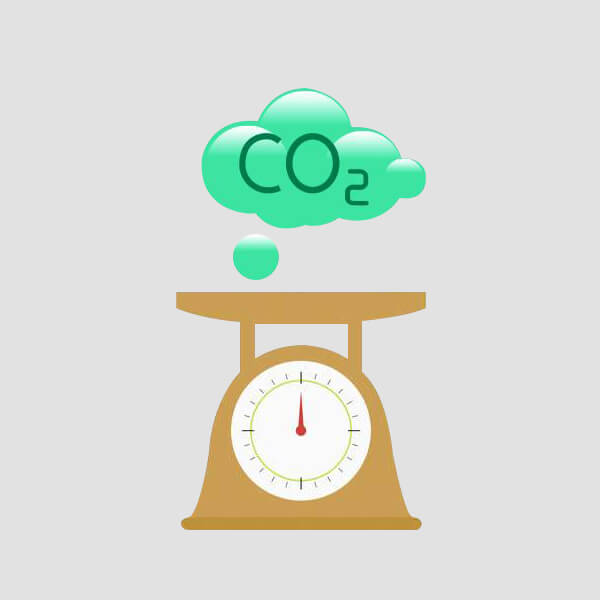Usage and Hazards of Carbon Dioxide
Carbon Dioxide (CO2), a colorless, non-flammable gas that has a sweetour taste and is odor, plays a crucial role in various sectors, including the environment, medical field, and industries. This naturally occurring gas in the atmosphere is essential for photosynthesis in plants and respiration in animals. However, increased concentration can lead to serious hazards. To control these hazards, it is essential to measure Carbon Dioxide levels in different settings.
Usage of Carbon Dioxide
1. Photosynthesis
The primary usage of carbon dioxide is in the photosynthesis process, where green plants convert carbon dioxide and sunlight into oxygen and glucose. It forms the basis of the food chain, and without it, life on earth would cease to exist.
2. Beverage Industry
Carbon dioxide is widely used in the beverage industry to carbonate soft drinks, beer, and sparkling wine. It imparts a unique taste to these beverages and prevents spoilage by inhibiting the growth of bacteria.
3. Fire Extinguishers
Due to its non-flammable nature, carbon dioxide is used in fire extinguishers. It works by displacing oxygen, thereby suppressing the fire.
4. Medical Applications
In the medical field, carbon dioxide is used in various therapeutic procedures, such as respiratory stimulation during and after anesthesia, insufflation during laparoscopy, and cryotherapy.
5. Industrial Applications
In industries, carbon dioxide is used in oil recovery, as a refrigerant, in the manufacture of urea, and in the production of inorganic and organic chemicals.
Hazards of Carbon Dioxide
Despite its wide usage, carbon dioxide is associated with several hazards, especially when its concentration in the atmosphere exceeds the acceptable level.
1. Health Hazards
Excessive exposure to carbon dioxide can cause health issues ranging from mild symptoms like headache, dizziness, and shortness of breath, to severe conditions like unconsciousness or even death in extreme cases. Prolonged exposure can also lead to a condition known as hypercapnia, which is characterized by an excess of carbon dioxide in the bloodstream.
2. Environmental Impact
Carbon dioxide is a significant contributor to global warming and climate change. It traps heat from the sun, leading to a rise in global temperatures. This, in turn, leads to melting of polar ice caps, rise in sea levels, and extreme weather conditions.
3. Ocean Acidification
Increased levels of carbon dioxide in the atmosphere lead to its absorption by seawater, resulting in ocean acidification. This adversely affects marine life, particularly organisms with calcium carbonate shells or skeletons, including corals, oysters, and some plankton species.
To mitigate the hazards associated with carbon dioxide, it is essential to measure its levels in various settings. This can be done using various techniques such as gas detection tubes, colorimetric indicators, and infrared sensors. Regular monitoring and control of carbon dioxide levels in workplaces, homes, and the environment is crucial for maintaining health and safety.
While carbon dioxide plays a vital role in various biological processes and industries, its hazards cannot be ignored. The adverse health effects and environmental impact it poses call for conscientious efforts to control and regulate its levels. Measuring carbon dioxide levels is an essential step towards this end, ensuring safety, health, and environmental sustainability. Hence, a balanced perspective of its usage and hazards, along with regular monitoring, is the key to harnessing its benefits and minimizing its risks.
https://www.renkeer.com/how-to....-measure-carbon-diox
